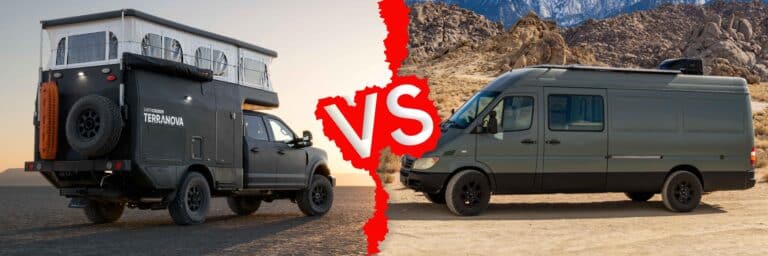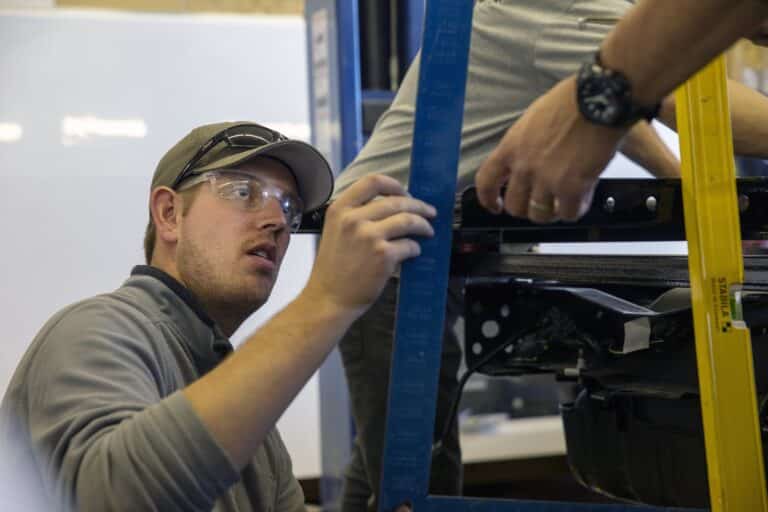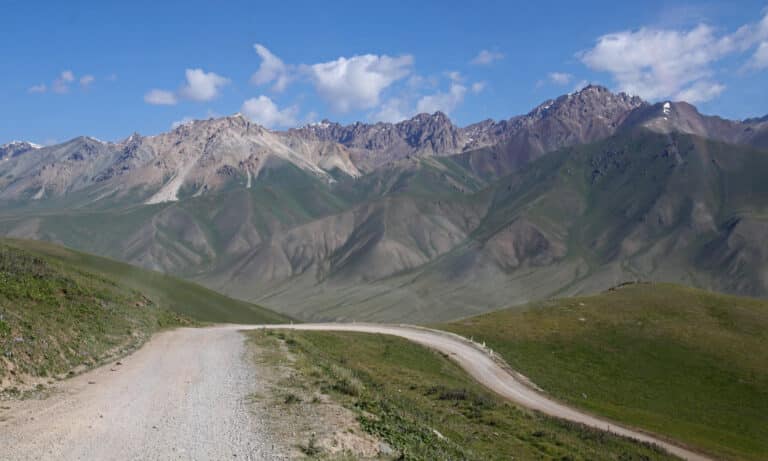Even if you’re not planning to enter the Dakar Rally or transverse the Sahara any time soon, there is value in getting out in your vehicle in some deep sand. First of all, it’s great fun. It’s a gorgeous and unique environment to explore. Learning how to drive on and navigate through dunes builds skills that translate into safer and better off-road driving that transfers to any low-traction situation.
The famous sand ‘seas’ of the world can be found along the Tropics of Cancer and Capricorn, in places like the Sahara and the Arid Zone of Australia. But dunes are also found in ‘cold’ deserts, such as the Taklamakan in China and above the Arctic Circle at Kobuk Valley National Park in Alaska. We’re lucky to have access to a number of fantastic dune fields in the U.S.A. where it is permissible to drive atop the sandy formations. The Imperial Sand Dunes & Oceano Dunes SVRA (Pismo Dunes) in California, St. Anthony Sand Dunes in Idaho, Silver Lake State Park in Michigan, and Sand Hollow State Park, Utah all allow visitors to drive on their dunes, within guidelines.

Here in EarthCruiser’s home state of Oregon, we have a few areas that allow recreational driving on dunes. On our coast lie The Oregon Dunes National Recreation Area and Sand Lake Recreation Area. Just a few hours south of our headquarters is the Christmas Valley Sand Dunes area – a unique area spanning 11,000 acres where driving is permissible. The dunes here are formed from ash and pumice created by the eruption of Mt. Mazama 7,000 years ago, the same event that formed Crater Lake. It was here that the EarthCruiser Oregon Backcountry Adventure set off to explore this July for a morning of skill-building and discovery.
While dune fields seem like fairly low-risk environments as there aren’t many fixed obstacles to slide into, mistakes here can be dangerous. Getting stuck can turn deadly if one isn’t prepared to endure intense heat and sun, and choosing the wrong line on a dune can lead to rollovers. Bring a friend in another vehicle if you’re heading into such an area. Traveling in a group isn’t just more fun, it provides you with spotters to help negotiate technical terrain and helps keep you safe in the event of mechanical issues or boggings. It also means an extra set of hands and winching points for recovery. The Adventure trip consisted of five EarthCruisers, including one piloted by founders and experts Lance and Michelle.
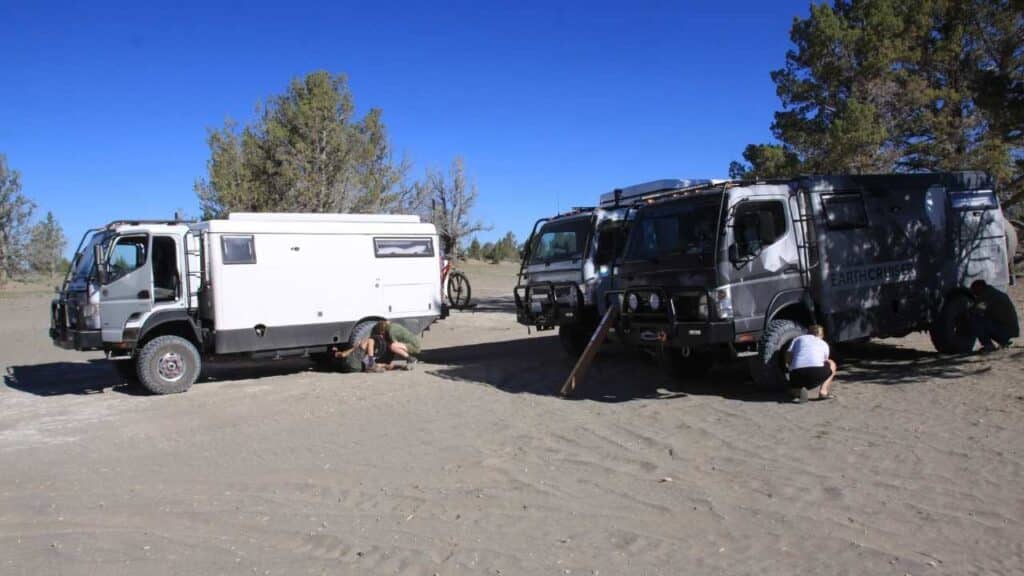
One of the first things a trip to the dunes will teach you is to assess your vehicle and equipment. Before leaving home, a well-prepared overlander will perform a detailed pre-trip inspection of their rig and recovery equipment. Finding out you left your shovel at home is a mistake you don’t want to make when the temperatures are soaring and you’re a long way from home.
Upon arriving at the edge of the sand, you’ll want to lower your tire pressure. Doing so increases the size of the footprint of your vehicle and improves traction. At Christmas Valley, we used the time spent waiting for our tires to deflate to perform a quick additional visual inspection of our vehicles – always a good practice before heading into any challenging environment. This is also your last chance to double-check that you have all the gear you might need for recovery – shovel, traction pads, winch, recovery strap, and shackles, along with enough water, sun protection, and food to keep yourself healthy. You’ll also want to be sure you have the required safety gear and permits for the area you’re visiting. Finally, make sure you have enough fuel to last if you should have to spend an extended amount of time due to someone in the group getting stuck. Fuel economy when driving through deep sand can be 2-3 times greater than usual.
Once you’re ready to roll, it’s time to focus on thinking about how to read the environment. The very nature of dunes means that they’re constantly changing and shifting. Wind direction and temperature directly impact the shape and consistency of sand. When scouting your path through a dune field, you learn to pay attention to all your senses – from feeling for the wind direction and ambient temperature to looking for vegetation and color variations in the sand. Vegetation anchors dunes in place, creating typically firmer patches, and a color change can indicate an area with lighter, less coarse particles. Differing sand conditions can even sound different when you drive over them. As air temperatures climb, sand gets softer, and it also affects tire pressure. I try to time any deep sand driving that I’m concerned about getting stuck in for early mornings or late afternoons for this reason.
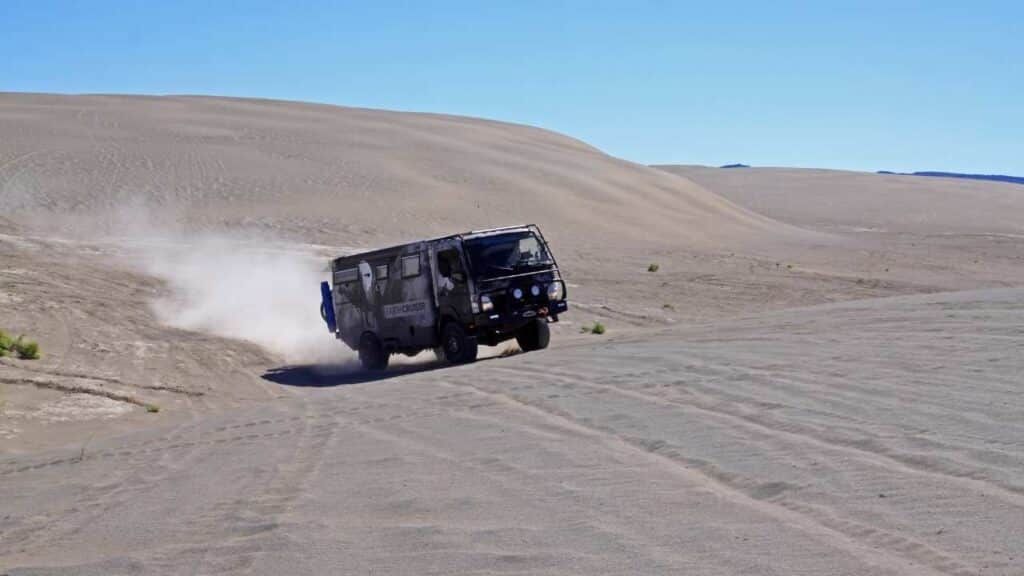
When looking for a safe line, you’ll want to note which side of the dune is the ‘slip’ face. This is the leeward side and is steeper and softer. Momentum is your friend. In Christmas Valley, Lance reminded us every time we stopped to consider which direction our vehicles were facing and how we could use gravity to assist in pulling away. When descending, we were reminded to do so at a straight angle for safety. When ascending, we practiced using just enough momentum to get us up over the top, always keeping in mind that driving straight up a dune means you can’t see what’s on the other side and the importance of spotters. Practice like this helps one to understand how and why our vehicles behave in specific terrain. We consider the forces of traction and drag and how weight distribution affects handling. Deep sand rewards smooth driving, those with a steady throttle and small steering corrections are less likely to find themselves stuck. All this makes one a better, safer driver.
Finally, dunes are a fantastic place to practice those recovery skills. Getting stuck and unstuck is always part of the ‘fun’ of this environment. One quickly learns to avoid the temptation to hit the accelerator in attempt to get out from a bogging, as doing so will only dig you in deeper. When someone gets stuck, it’s time to break out the traction boards and shovels, look at where sand has built up around wheels, and strategize the smoothest path forward (or back). Dunes are also a fantastic environment to practice winching using another vehicle as an anchor.

For EarthCruiser owners interested in trying out advanced dune driving skills, there will be an opportunity to drive exceptional sandy tracks through the Kalahari, Okavango, and Namib regions during the African EarthCruiser Adventures next fall. Keen participants can even tackle some of the tallest dunes in the world on ATVs in Namibia – great practice for picking lines and learning to read dunes. In the future, EarthCruiser Adventure will continue developing itineraries that include dune fields, and shorter, educational outings for owners will be available soon.





